Natural insulation: advantages and disadvantages of linen insulation
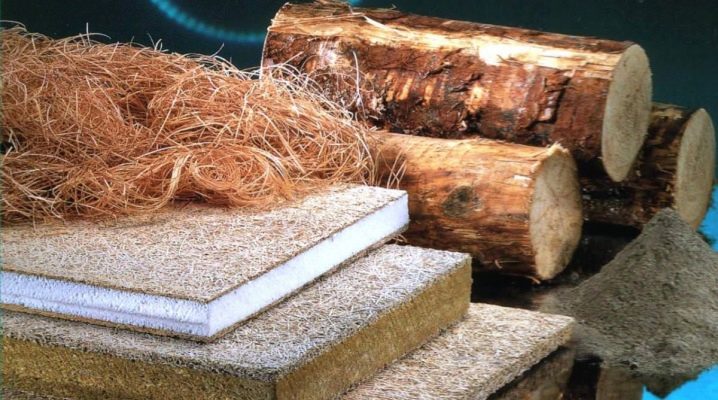
Nowadays, most buyers prefer ecological building materials, that is, those made from natural products. This also applies to insulation. In addition to the usual synthetic options, you can find high-quality natural insulation on the market, among which linen is especially prominent.
Peculiarities
Insulation made of flax is currently considered the best material for thermal insulation. It is not only environmentally friendly and harmless, but also very lightweight. In addition to this, it is easy to fix.
Such insulation consists of hemp, wood and flax fiber. The very thin fibers of this material are interconnected with polyester. It can also be a natural substance such as starch.

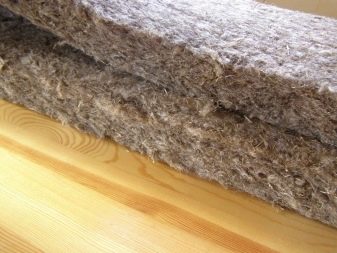
Linen insulation materials have been produced all over the world for more than ten years. This material has appeared on the domestic market relatively recently, but has already gained popularity. Eco-friendly material can be used to insulate the roof of ceilings, walls and even frame houses. It can also be used to soundproof partitions.
Natural insulation is suitable for any design. Its high price can be compensated by savings on heating.
Advantages and disadvantages
Like any material, linen-based insulation has both advantages and disadvantages.
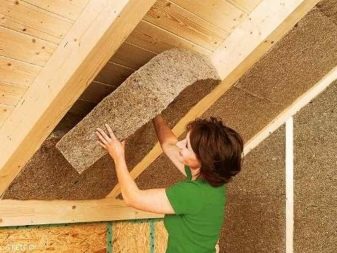
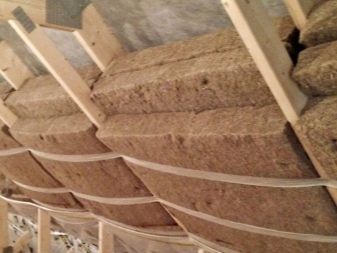
Advantages
Linen insulation is very popular in the construction industry.
Its reason lies in the fact that flax has the following advantages:
- since the composition of the insulation includes natural natural ingredients, it is safe for the health of any person. The insulation does not contain any chemical additives, which is why it does not cause allergies. Linen insulation can easily compete with mineral wool;
- this insulation is fireproof, since flax fibers do not ignite;
- it has a long service life. The reason for the durability lies in the components from primary raw materials, because in synthetic heat insulators, secondary materials are used, as well as organic additives. They lead to rapid subsidence of the material and loss of its original shape;
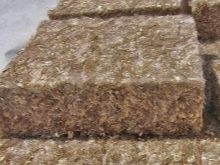
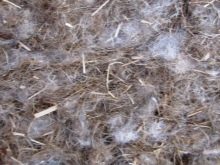
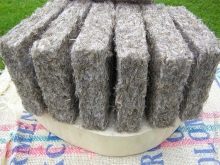
- it is also very resistant to bacteria and mold, as it is naturally antiseptic. The fact is that in production such technologies are used that even in the primary raw materials kill all microorganisms;
- linen insulation has very good thermal insulation qualities, since it has a low thermal conductivity. He is not afraid of temperature changes, not prone to deformation;
- it also has excellent soundproofing qualities, which is an additional plus;
- linen insulation has good vapor permeability, which does not allow moisture condensation and mold to appear;
- it has a low weight, which is good for the construction of buildings, because the load is practically minimal;
- such material is easy to work with, it can be installed without even making additional fasteners. Since flax fibers are not hazardous to health, assembly work can be performed without special clothing.

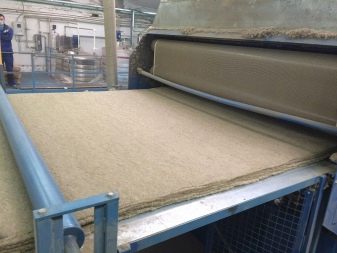
disadvantages
Such insulation has practically no drawbacks. The only negative and at the same time the reason why many do not use this method of insulation is the high price.And also the insulation plates must be treated with fire retardant and moisture resistant compounds, which further increases the final cost of repair work.

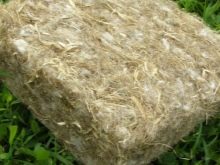

Views
There are several types of linen insulation, which can be distinguished depending on what raw material they are made from and what structure they have.
- Felt tape... The material consists of field flax fiber. After harvesting, the fibers are processed in such a way that they are obtained in different lengths. Then, they are sorted with a card. The fibers used for tape felt must be long, all the rest are used in order to make building tow or tile material. Linen insulation is considered the most environmentally friendly and harmless material. It is very easy to use and its installation does not require special knowledge and skills, and all installation work can be carried out at any time of the year. Linen insulation does not grow moldy and does not attract birds.
- Flax... Such eco-material is made on a carding machine using needle-stitching technology. The catonin layer is stitched with nylon or cotton thread. However, linen has a lower density than felt, so it is better to lay it in two layers.
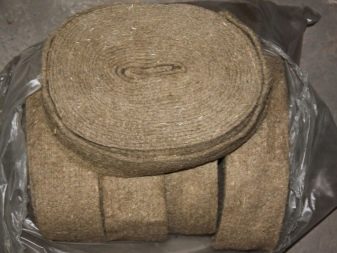
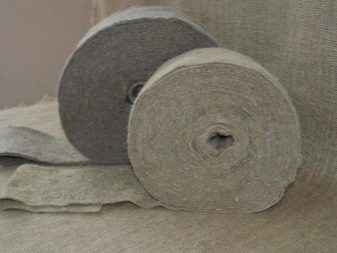
- Insulation from flax in slabs... This material is a sheet of increased density. They are used to sheathe the walls of houses, various partitions, even roofs. But most often it is used to insulate frame houses, because thermal insulation materials allow the walls to breathe.
- Linen tow... This natural material is an example of a type of linen insulation. With its help, construction processes are greatly accelerated, since the installation work is easy and simple. Tow is one of the mezhventsovy heaters. However, it can also be used for thermal insulation of doorways and windows, or as an additional means for sealing joints between sheets of insulation, which is the main one.
But such a heater is very fond of birds, which arrange nests in the soft fibers of flax, so houses should be built very quickly. This insulation has a low price and a variety of sizes.
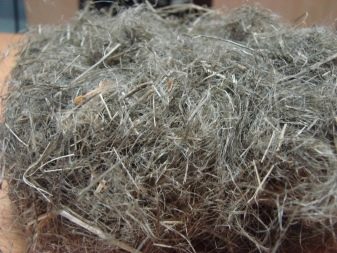
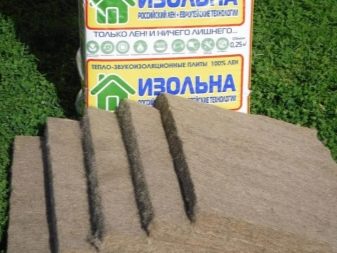
- Flax jute... Such organic insulation is a combination of two types of raw materials - jute and flax. These components are in equal proportions, but some manufacturers make insulation with a predominance of one or another component. Flax-jute combines all the qualities of the materials from which they are made, and it is also characterized by durability and elasticity.
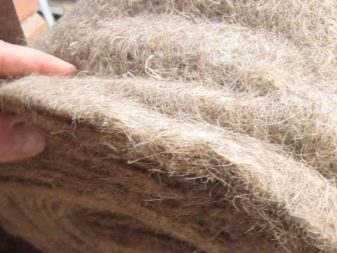
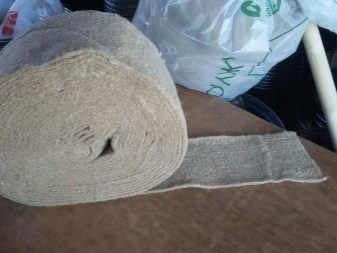
From all the proposed options, you can choose any. The main thing is to know where and in what conditions it is used.
How to choose?
When making a choice of insulation for a house, it is necessary to take into account all its advantages and disadvantages, because the future comfortable living will depend on this.
First you need to pay attention to some parameters that play an important role when choosing a heater, such as:
- an important role is played by raw materials that are part of the insulation. First of all, you need to pay attention to the material, which is made from short fibers and flax brushes. It is obtained from combed out long threads;
- you need to pay attention to the fact that the material does not have any other impurities, because they will only worsen its appearance, and also reduce its operational life. Impurities do not give the insulation the density that is needed for the walls;
- when buying a linen insulation, you need to pay attention to the ratio of its density and thickness. However, it is important to consider the purpose of the insulation. If the work will be carried out inside a house made of profiled timber, then its thickness should be up to three millimeters, but the density should be up to 300 g / m². For interior work in a house made of rounded logs, the thickness of the material should be five millimeters, and the density should be 500 g / m².If a log house is used, then insulation ten millimeters wide and with a density of up to 800 g / m² is suitable for finishing it;
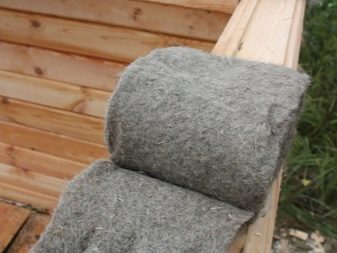
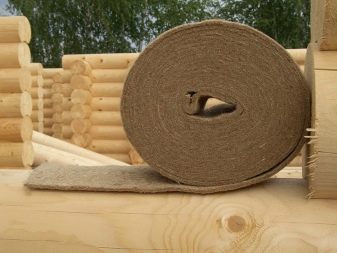
- the density of the material must be uniform, since the seams must be sealed in exactly the same way;
- when making a choice between rolled linen and tow, you need to pay attention to where the material will be applied. For example, flax wool comes in rolls of different widths, so it is very convenient to use it for insulation from the inside of walls, floors, ceilings, partitions, even roof structures. But its price is very high. Linen tow is much cheaper, it is produced with a tape having a width of fifteen centimeters. And also it has a loose and flexible structure, which allows it to be both squeezed and stretched if necessary. Oakum is suitable for sealing cracks in windows and doorways;
- choosing ecowool, you need to know that it is the safest cellulose insulation. It contains eighty-one percent of recycled wood, the remaining nineteen percent are antiseptics.

Mounting
Before starting the installation work with linen insulation, you must first of all make all the necessary measurements.
If the installation is done on the floor or in the roofing part of the structure, you need to take into account that the thermal insulation will be of high quality only if the width of the insulation itself is greater than the distance between the lags or beams by twenty millimeters. In the event that the width of the slab corresponds to this indicator, installation can be carried out even without using fasteners.
When all the measurements are completed, this eco-friendly insulation can be cut into the desired fragments. This process is easy, as the flax does not break or crumble when cut, and also retains the desired shape.

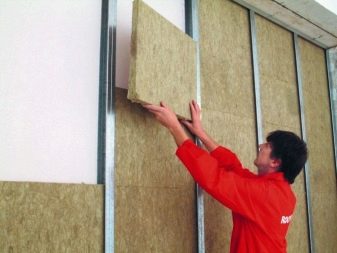
When working with linen insulation, there is no need to wear special clothing. It is best to cut the insulation with a band saw or electric hacksaw.
Thin sheets of insulation can be cut even with ordinary scissors. You don't even need to take them out of the package, in order to make it more convenient, it is better to just put them on a stand. As a result, the edge will be beautiful and neat.
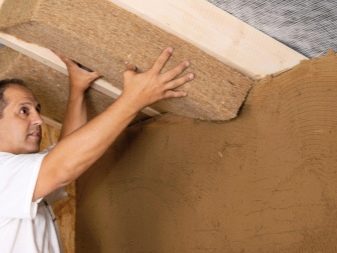
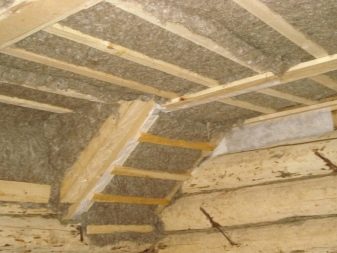
The insulation must be fixed to the surface. This can be done even without a special mount. To do this, the insulation must be placed between the rafters or joists. but if the surface is sloped, then the material must be covered with an additional crate... This will allow the moisture to dissipate. It is better to mount some pieces of insulation back to back. In this case, the joints do not require additional processing.
The last stage in the installation of insulation is vapor barrier. If the room is dry, then this step will disappear by itself. When the building is exposed to very high humidity, then the insulation layer must be protected with a vapor-permeable membrane.
Vapor barrier sheets must be installed with an overlap of up to ten centimeters, while the joints must be glued with very dense tape. For work in the bath, you need to use a foil vapor barrier.
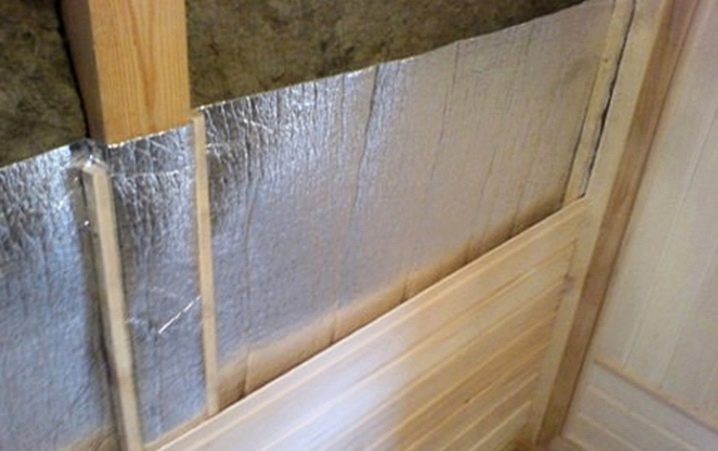
Reviews
Among manufacturers of heaters, a large popularity was won by such natural material as "Termolen"... It has high thermal insulation qualities and is 100% flax.
It has properties that enable it to stand out from its competitors. First of all, it is environmental friendliness, because there are no harmful substances in “Termolen” heaters, there is no glue or dust. It is hypoallergenic, which means it is ideal for styling even in those homes where children live.

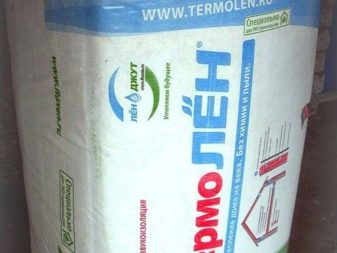
The material has a long service life. The structure of the insulation is unique because it consists of tubular fibers of thermal insulation. They easily give up excess moisture without losing their thermal insulation properties.
It has a very high thermal insulation coefficient and also perfectly regulates heat.In the cold season, it provides additional warmth, and in the summer, it creates a comfortable coolness in the room.
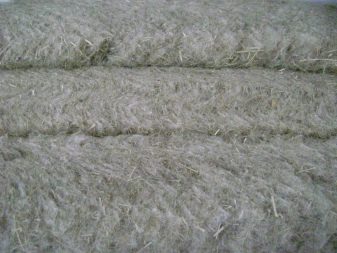

When buying such a modern insulation, it is imperative to require a quality certificate, which can confirm all its characteristics.
Today the choice of heat insulators is very large. However, you should not rush to buy. It is better to choose natural linen insulation, which has many advantages. And although their price is quite high, it is still worth purchasing high-quality linen material for warming the room in order to take care of your health.
See the next video for what other types of weights you can use.













The comment was sent successfully.